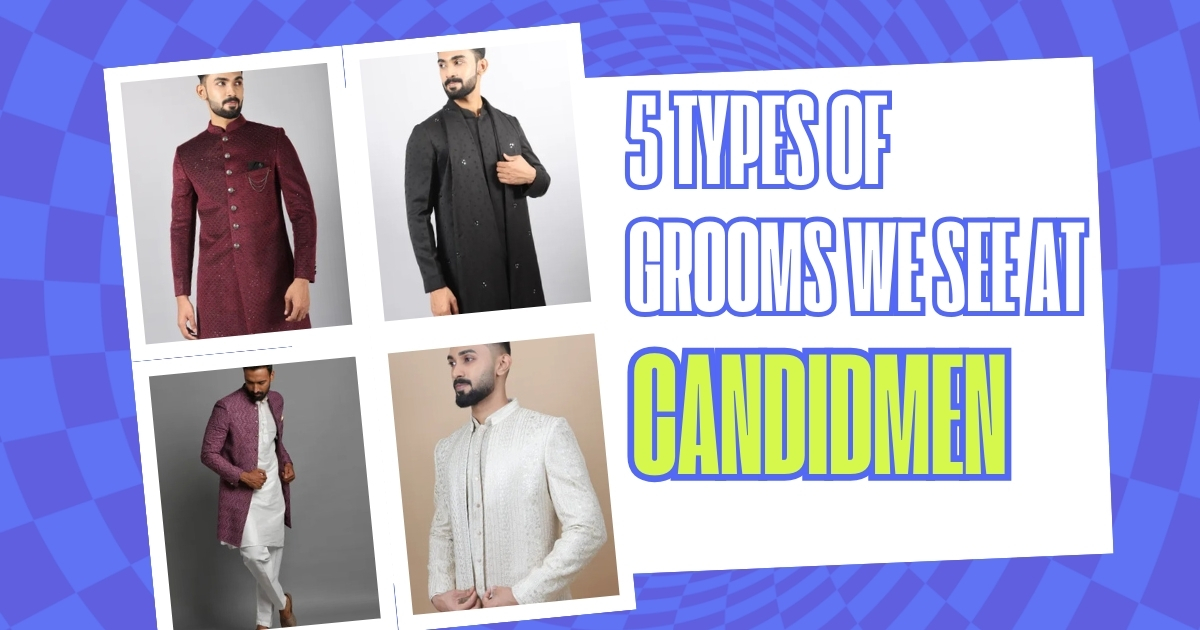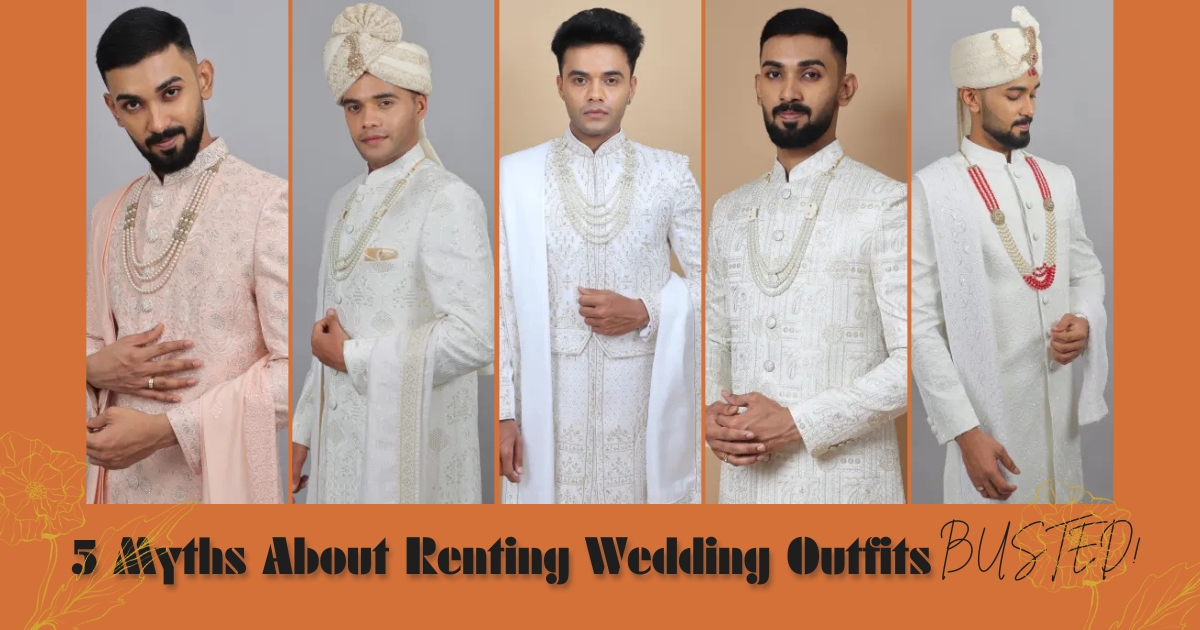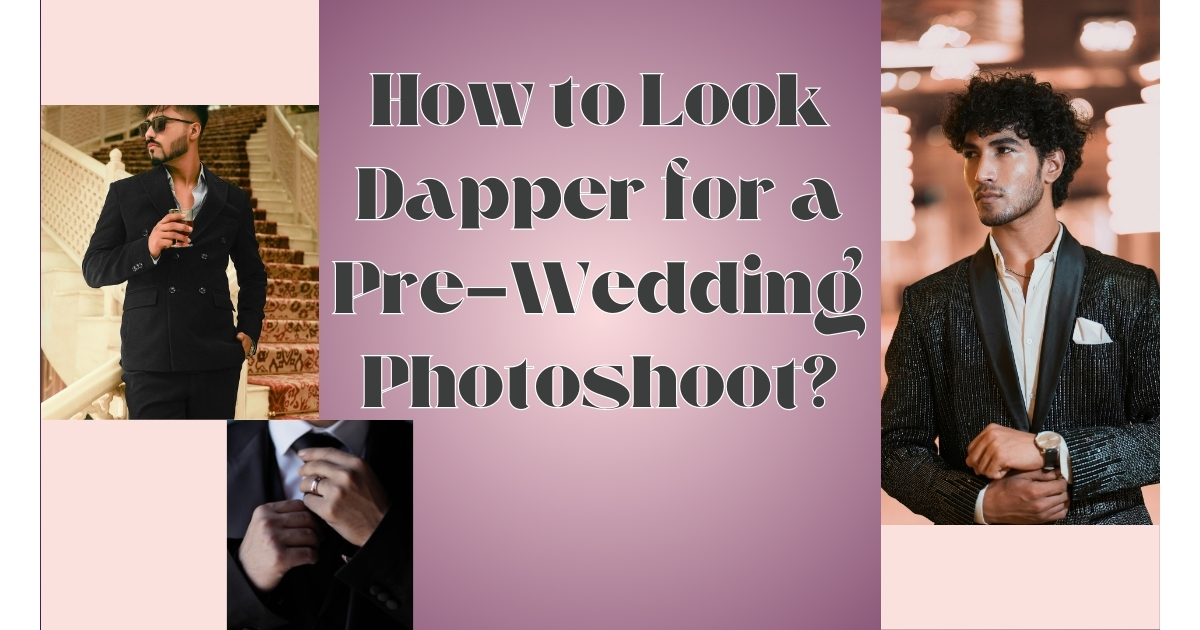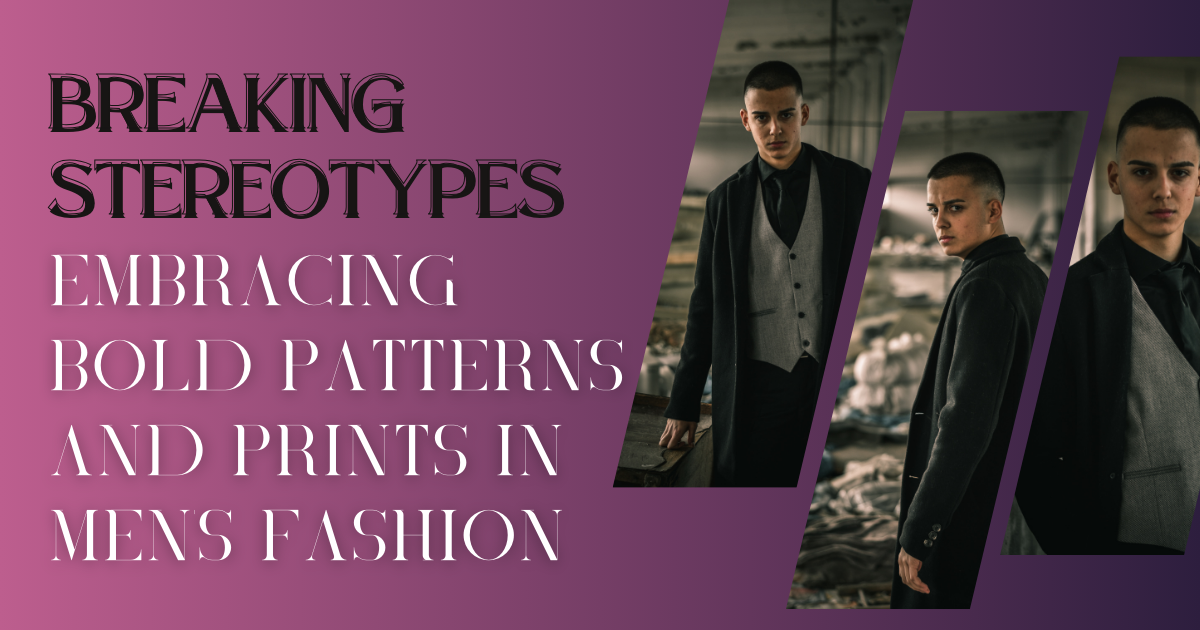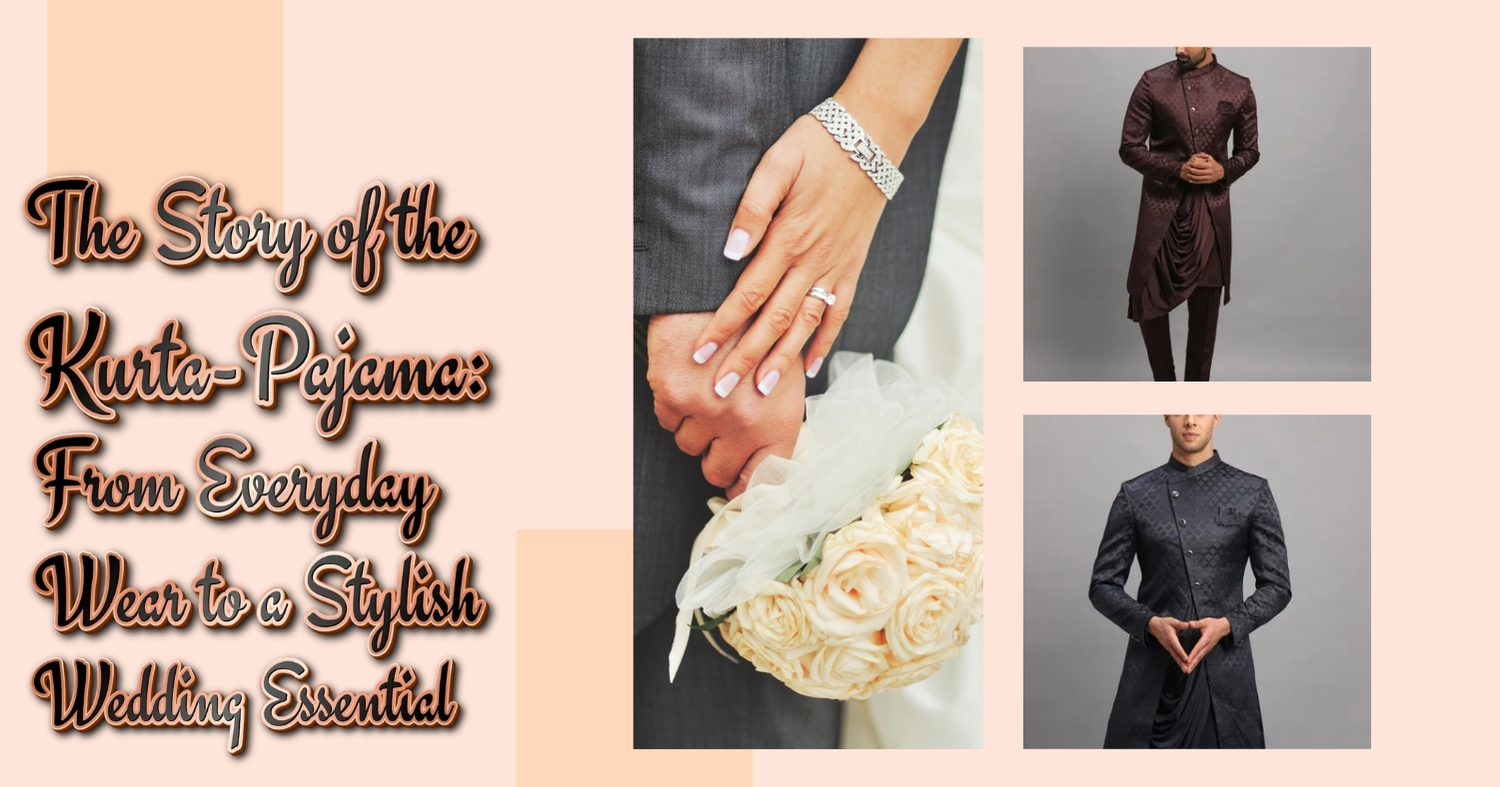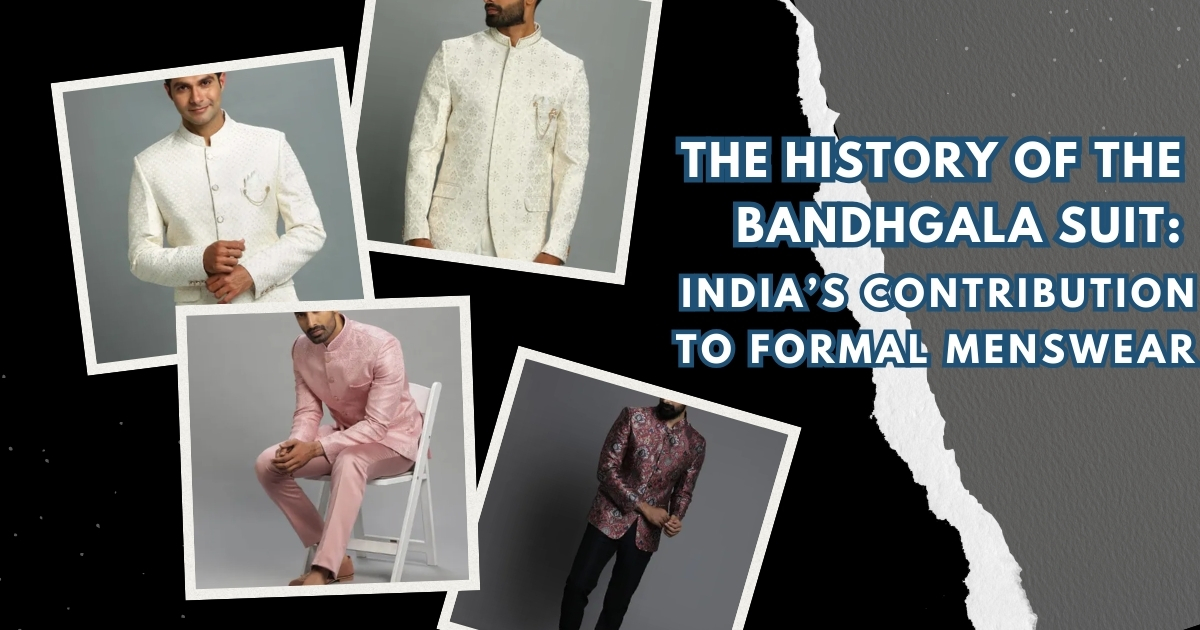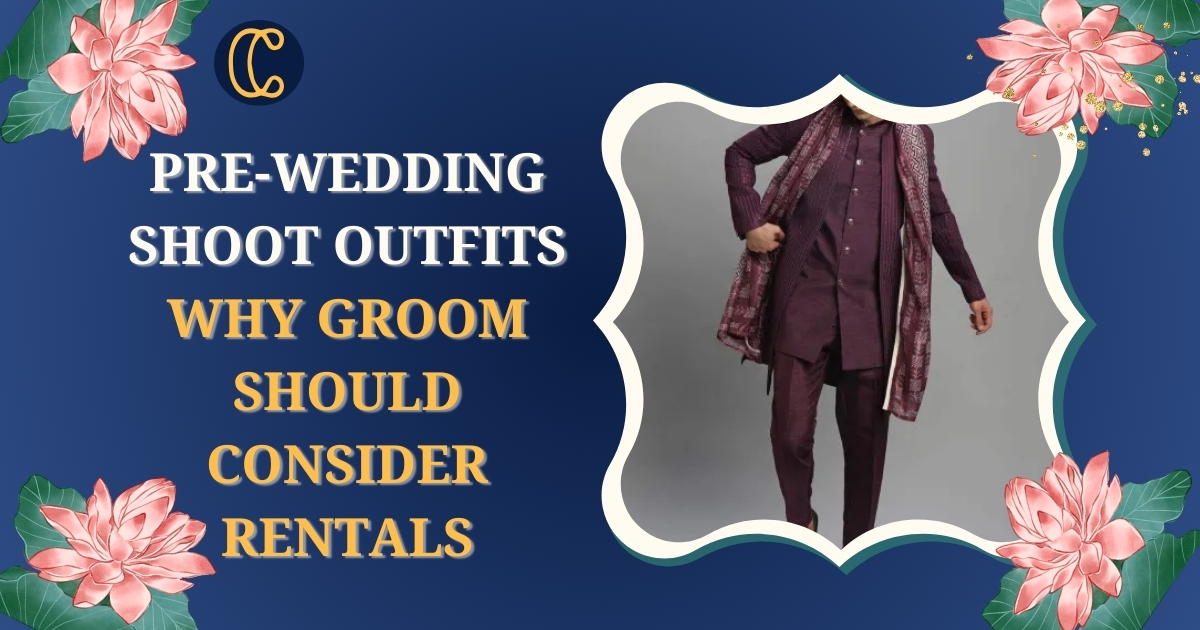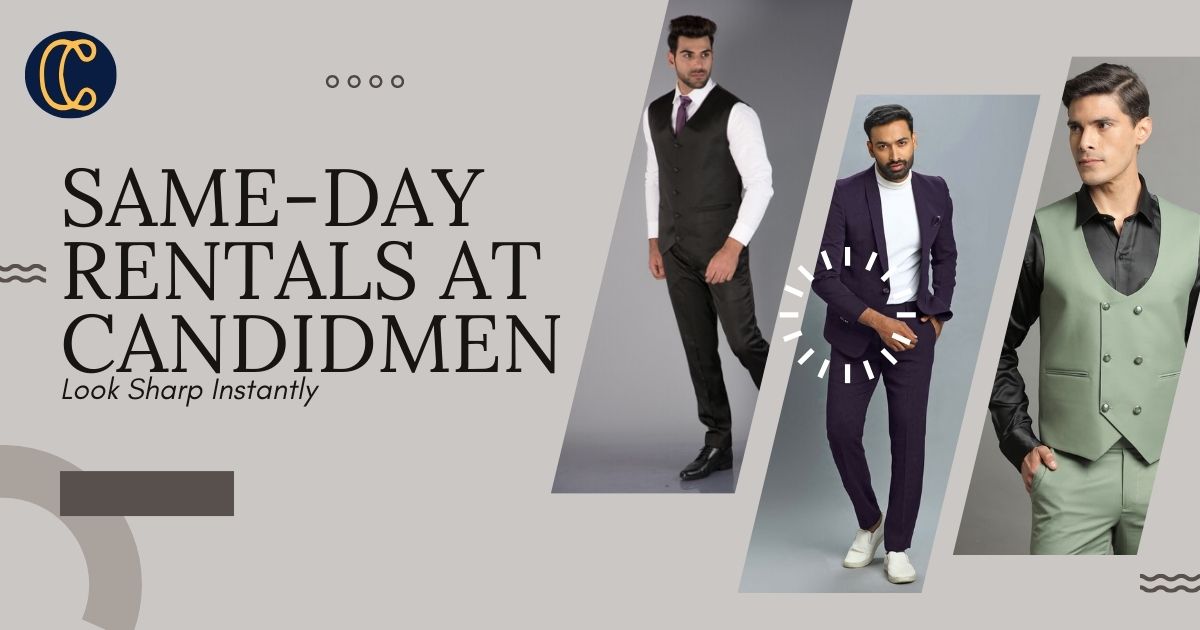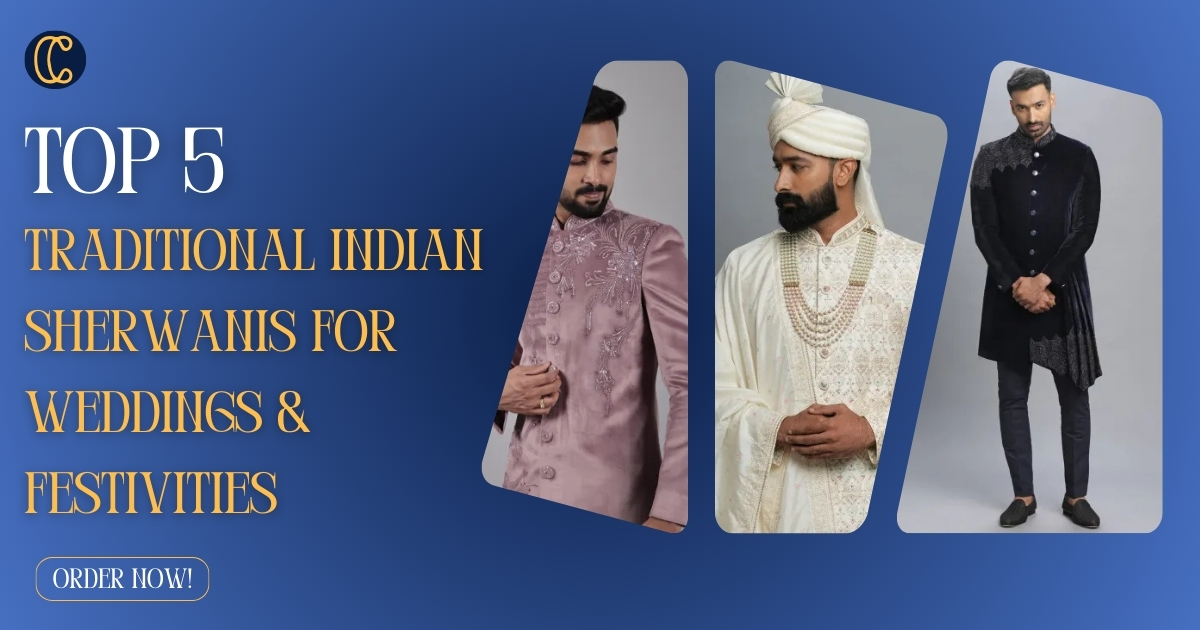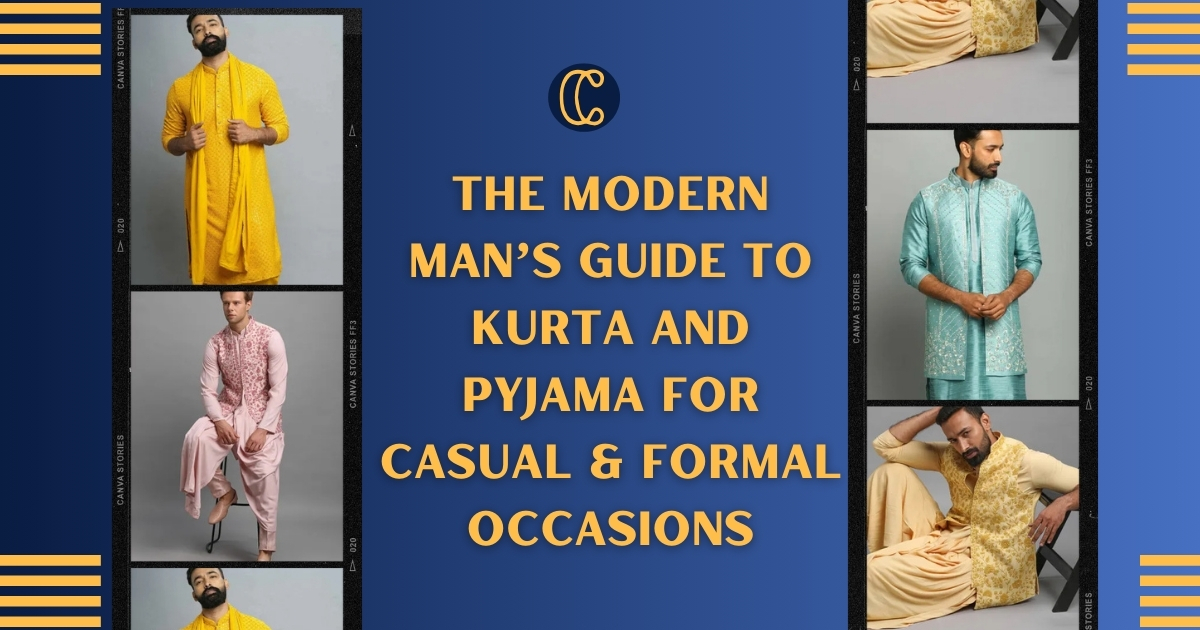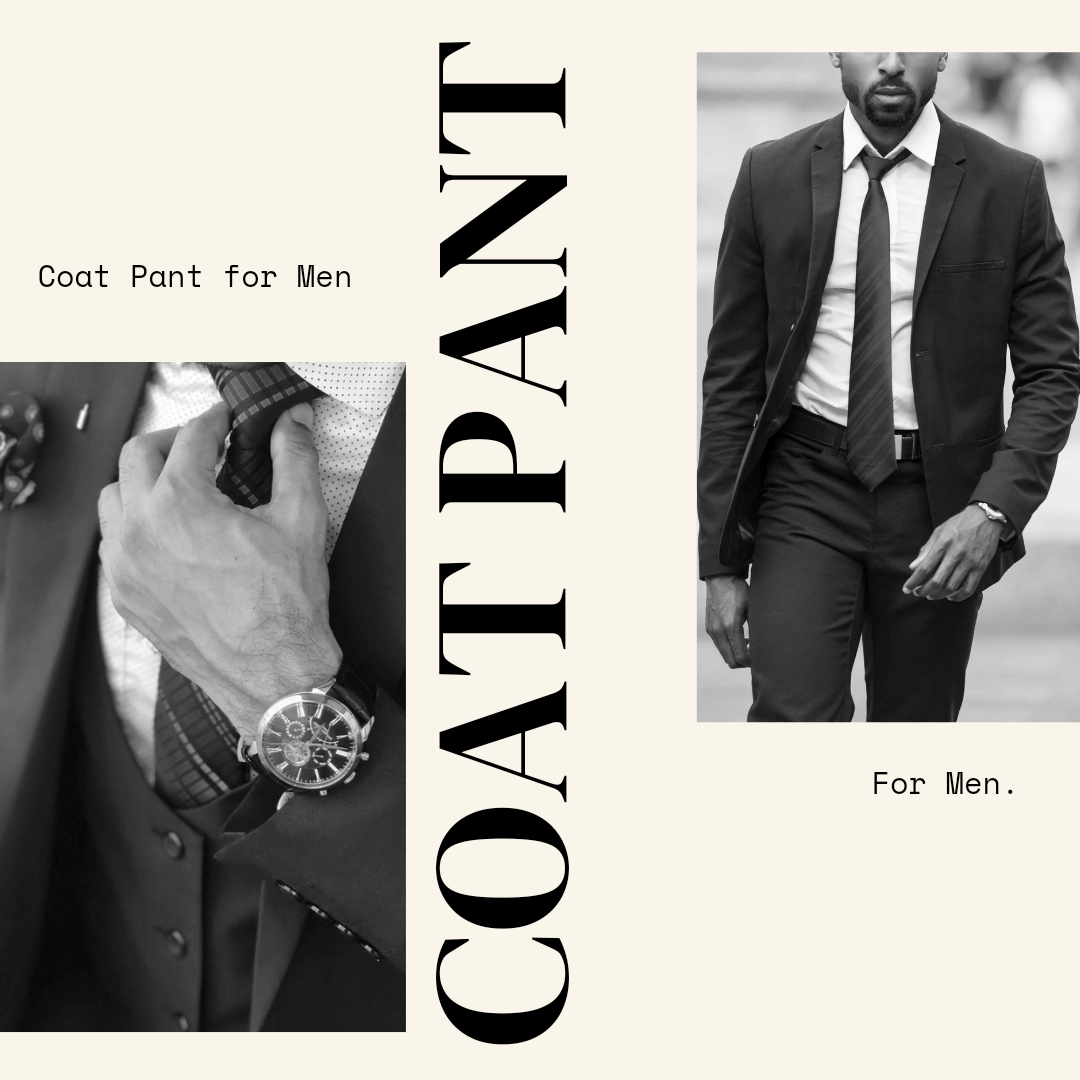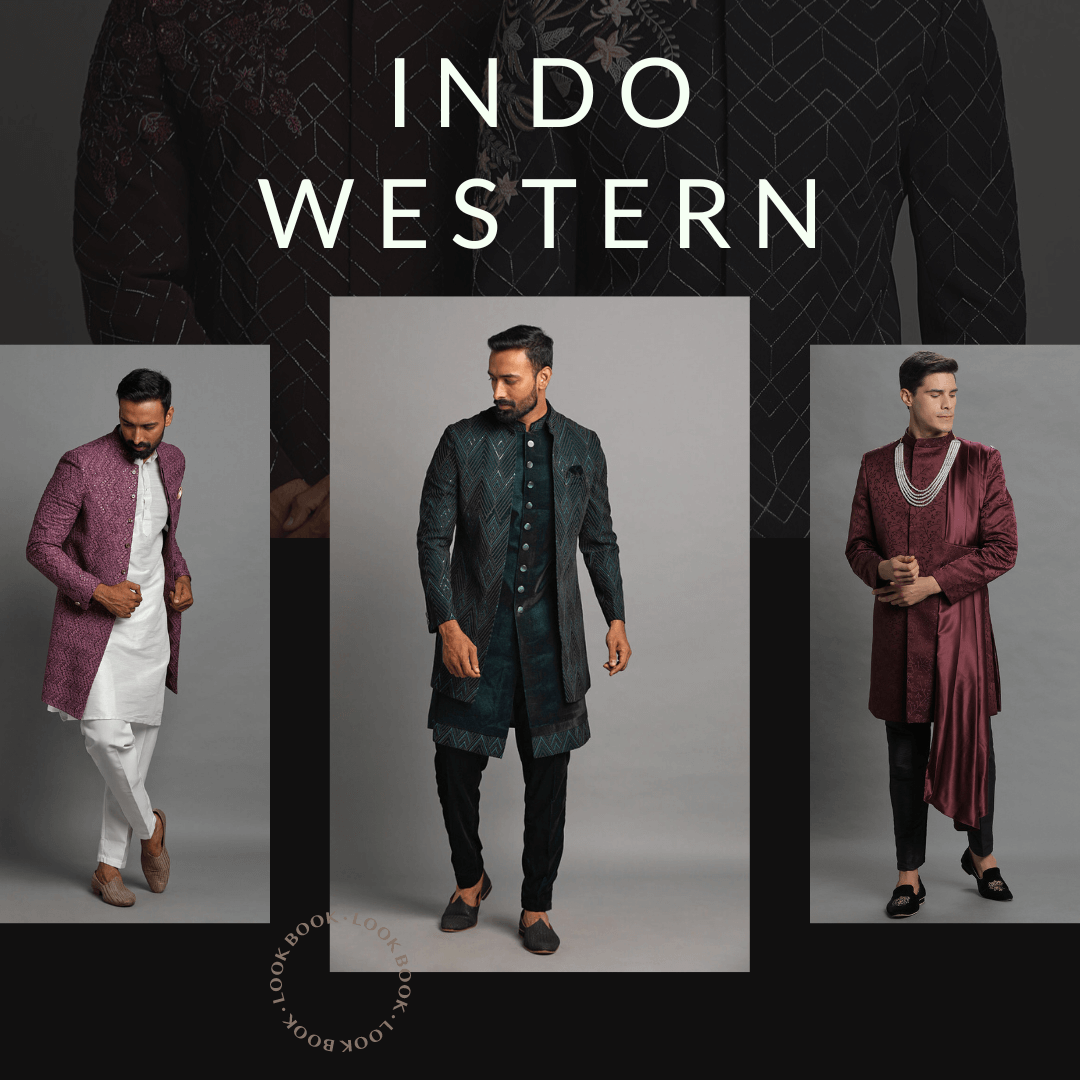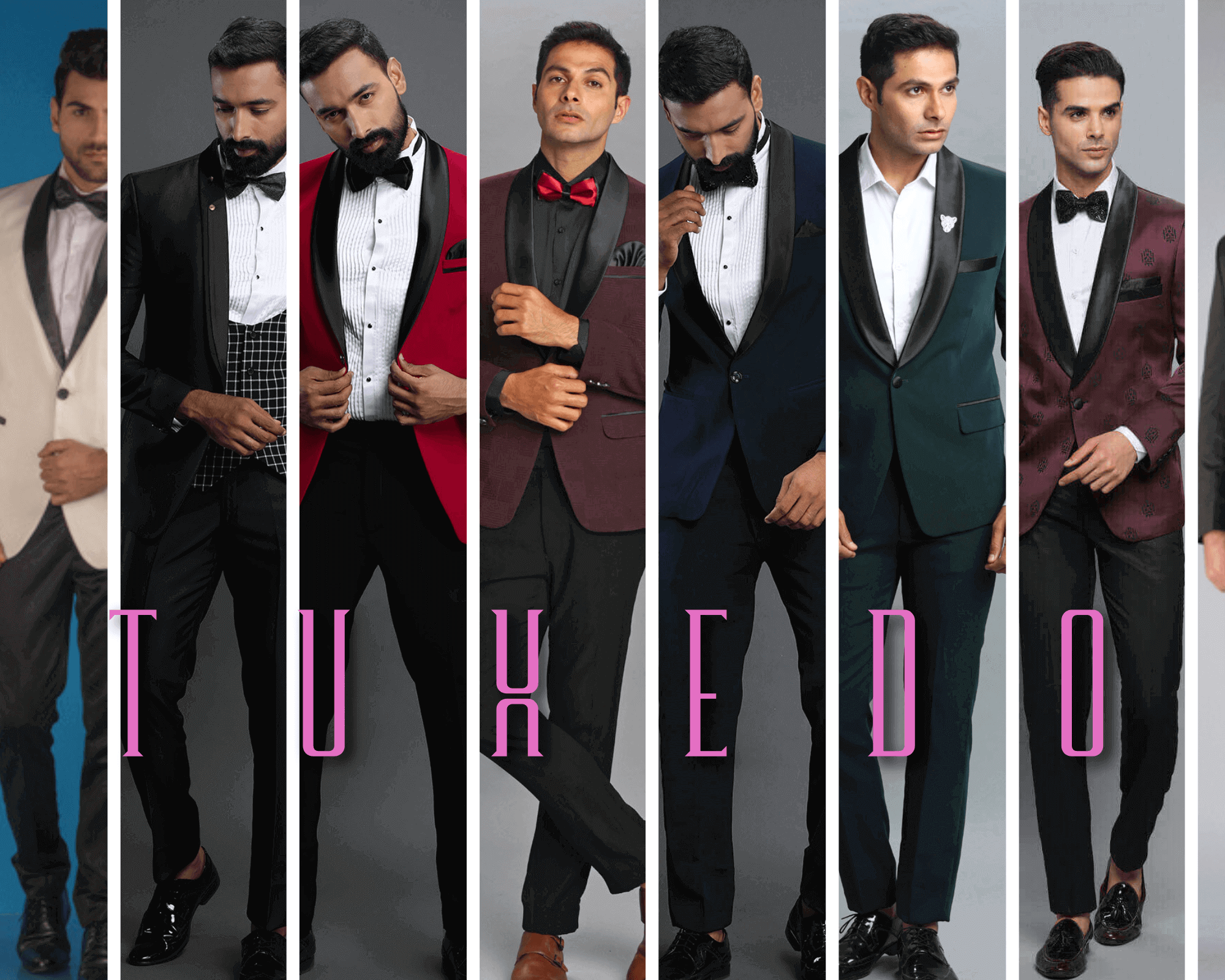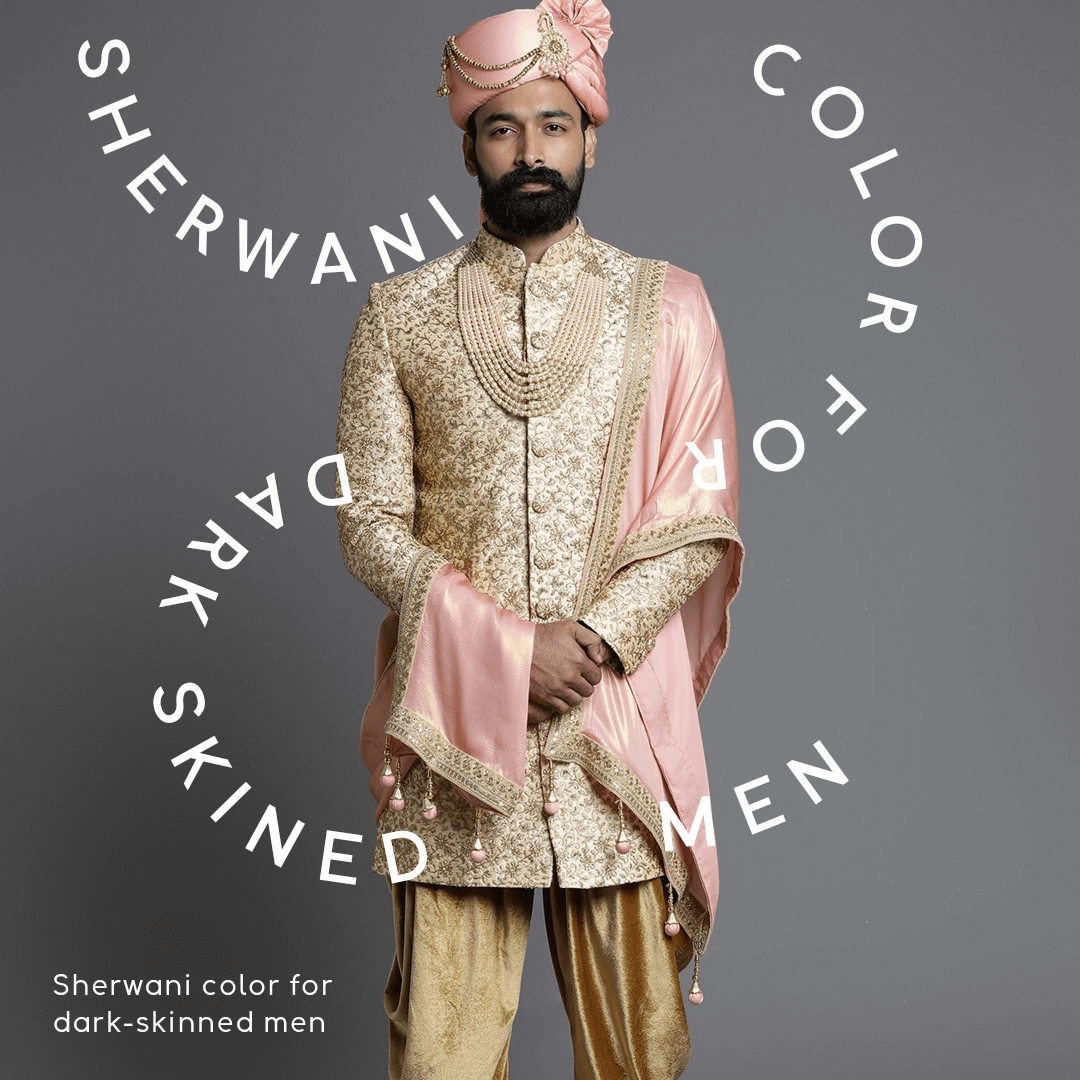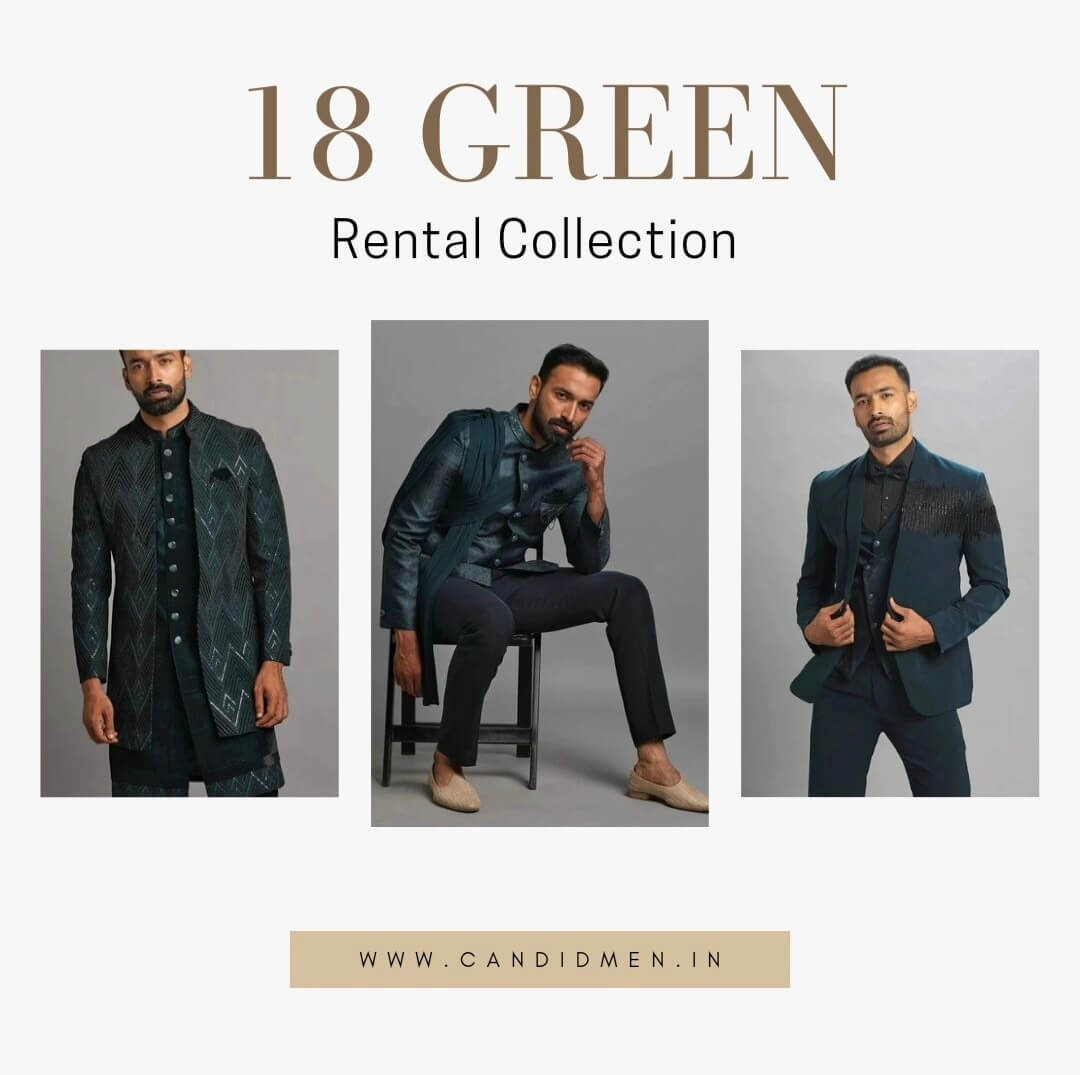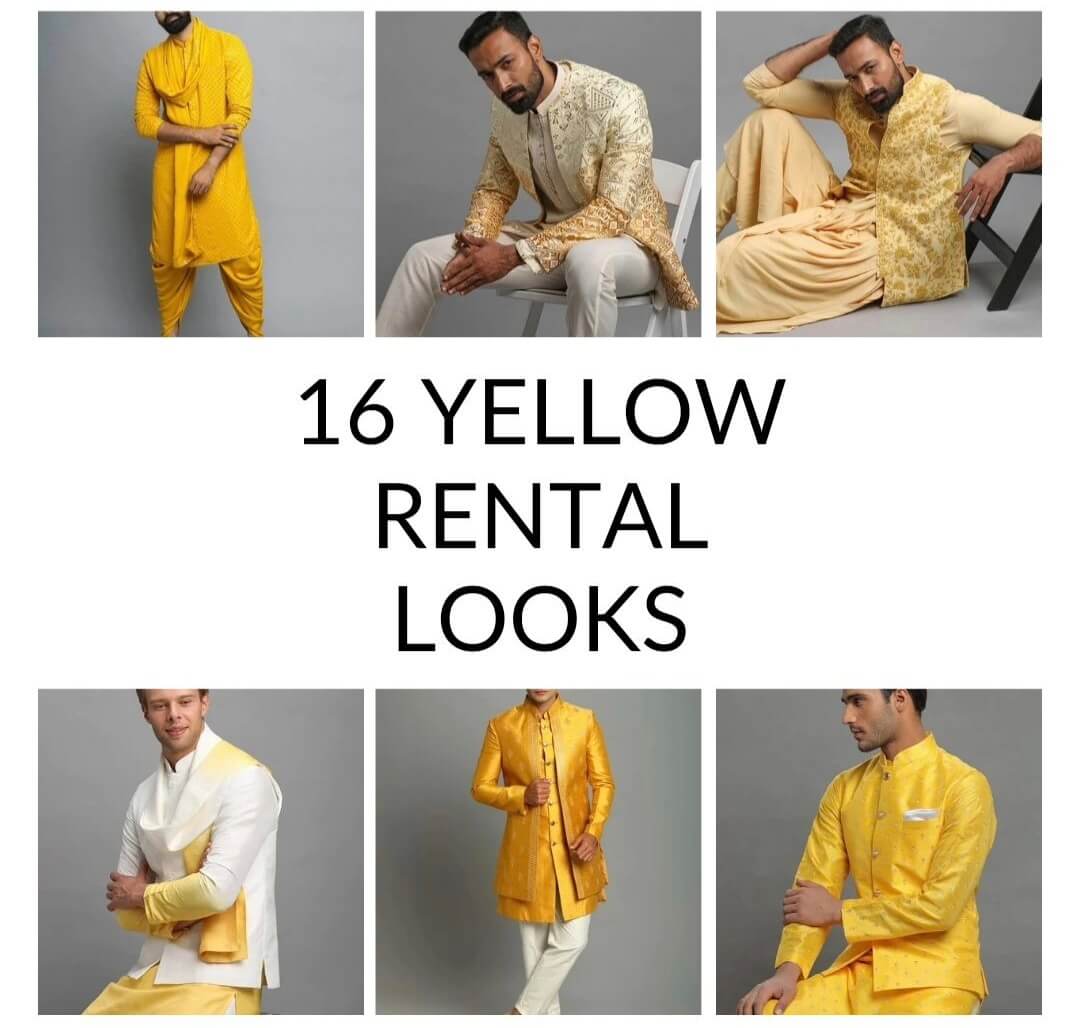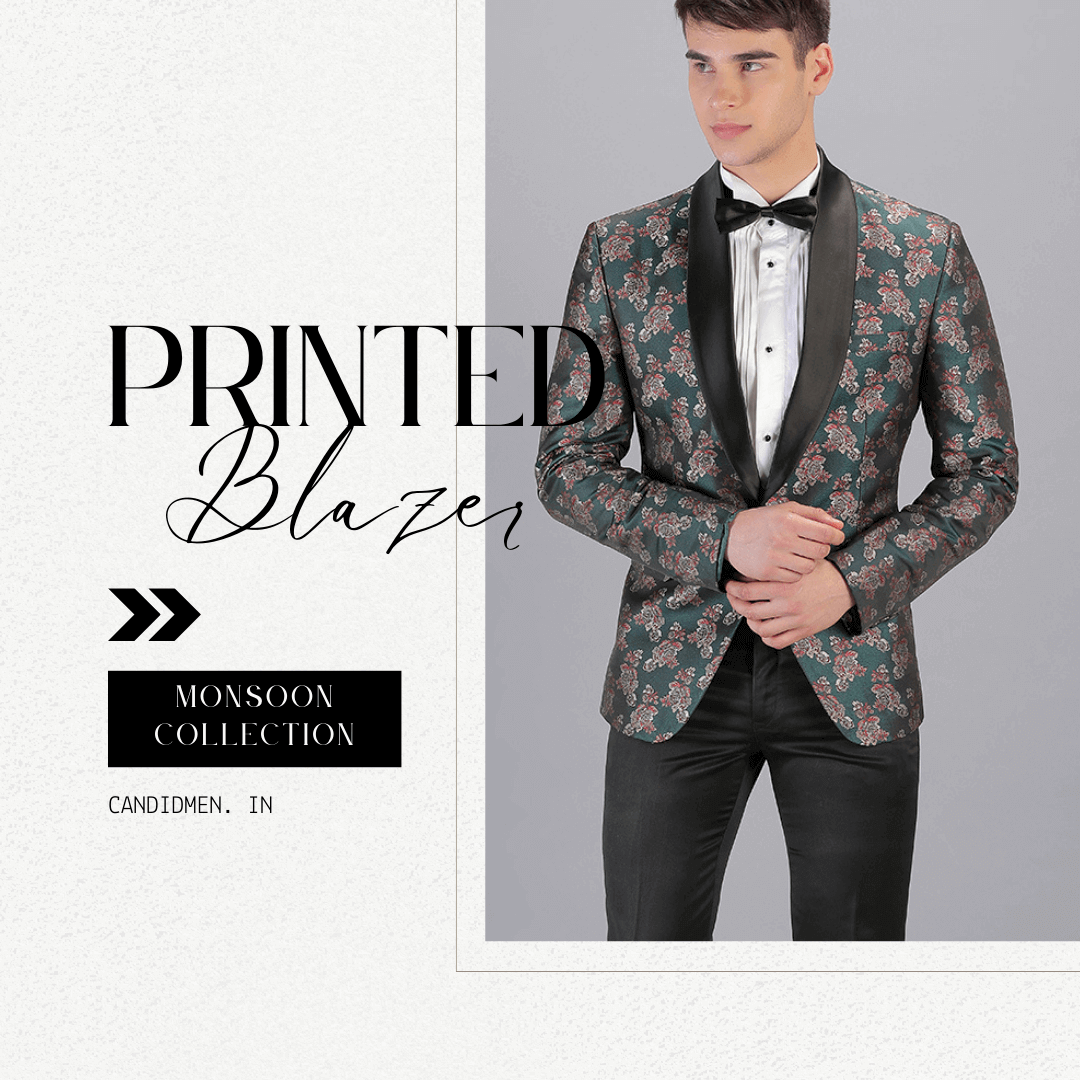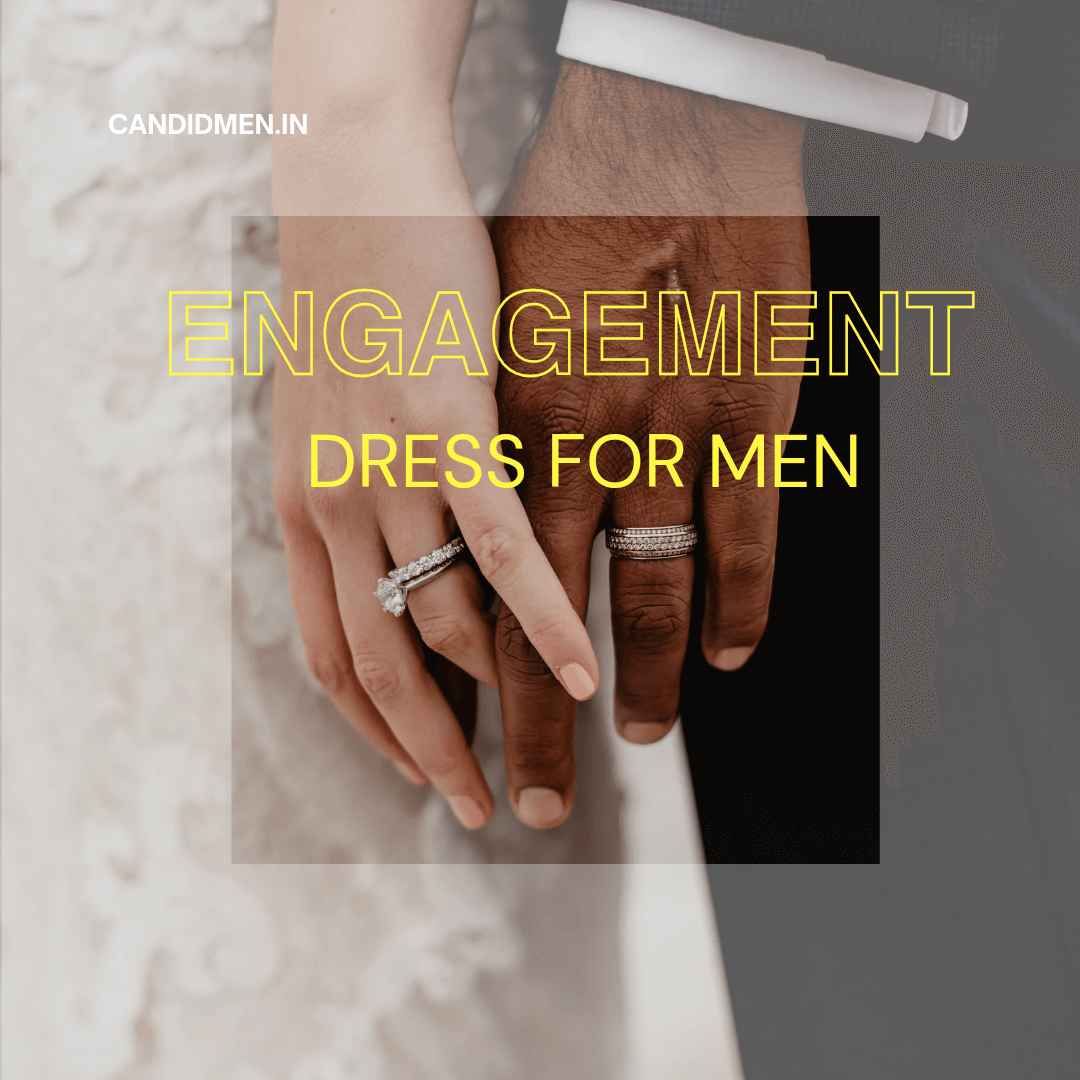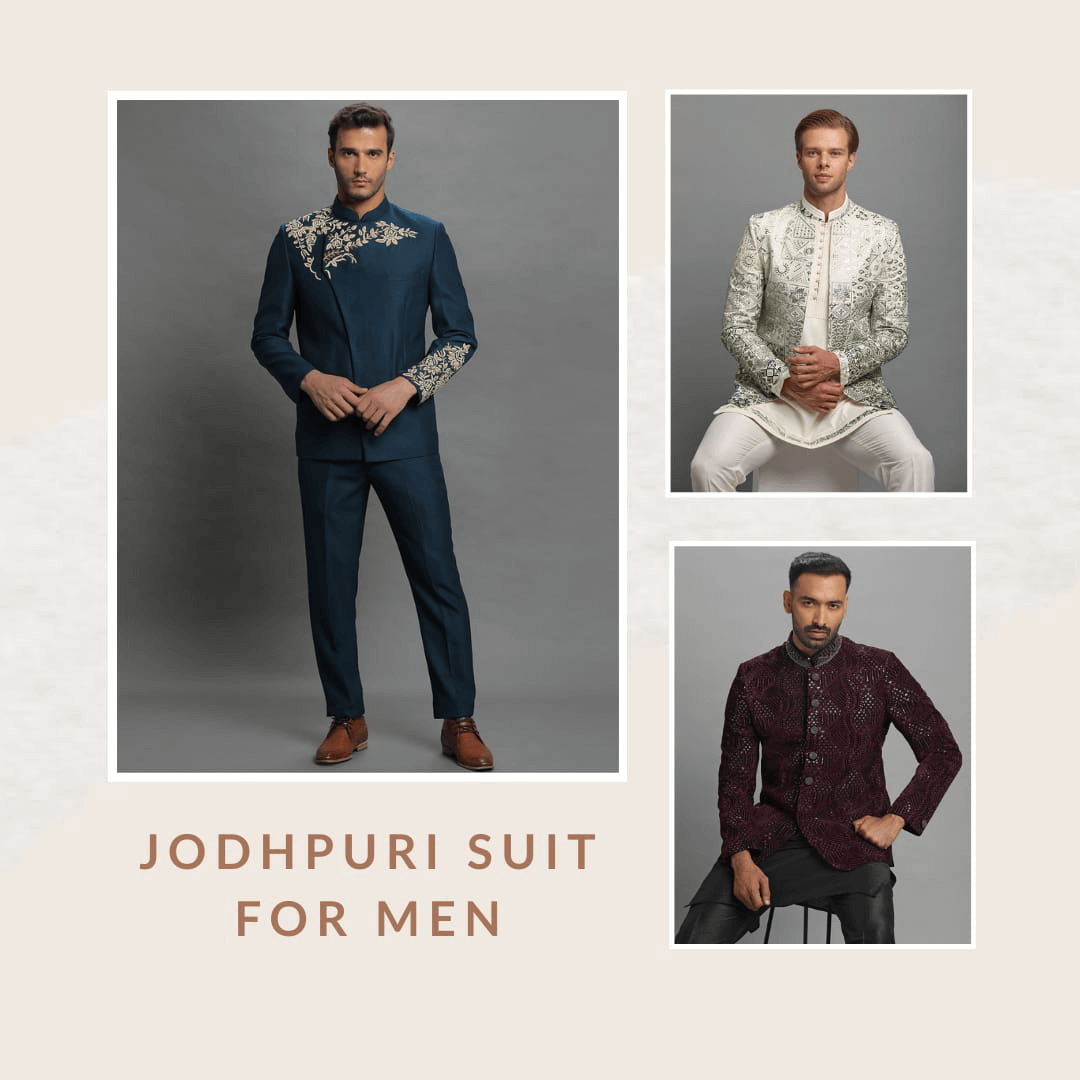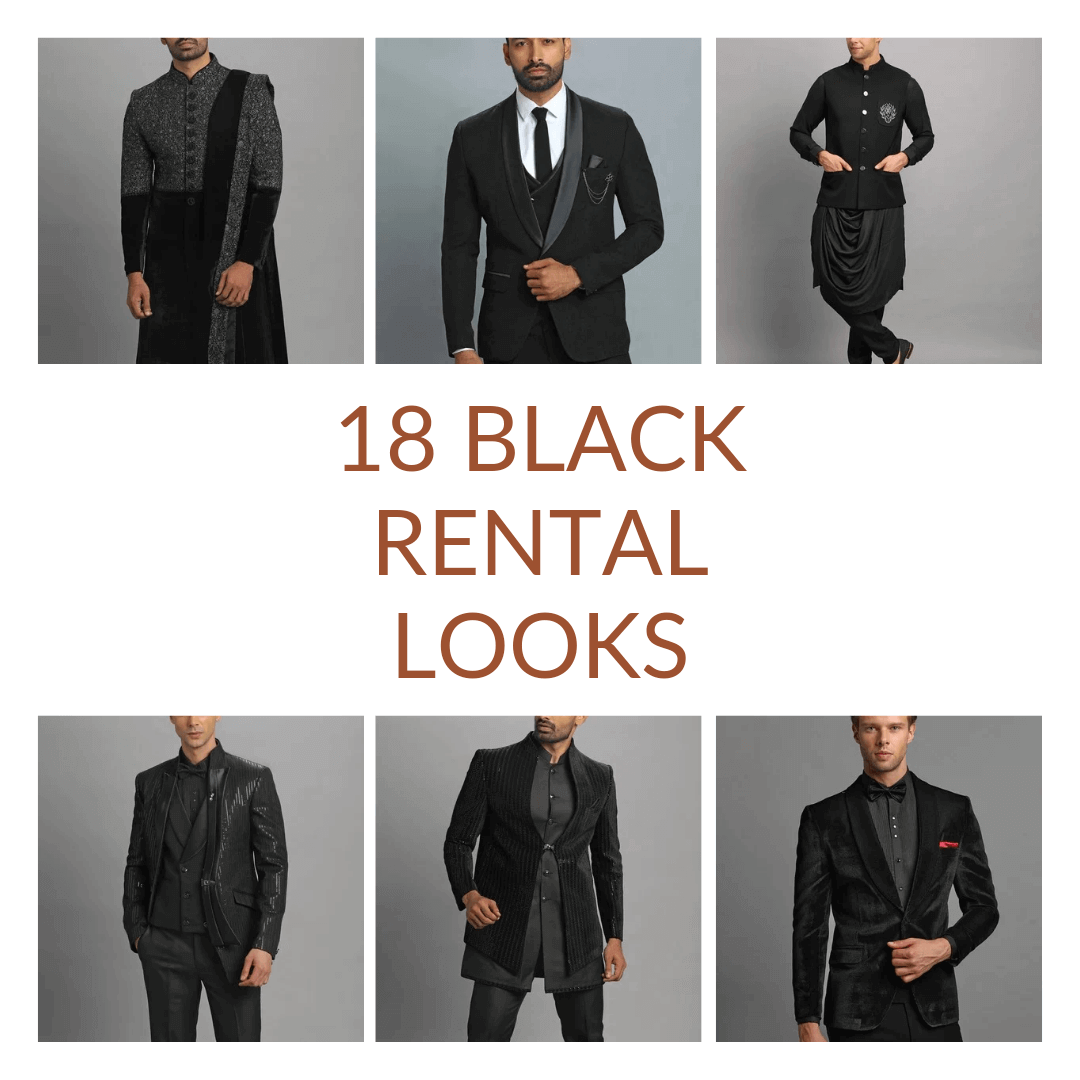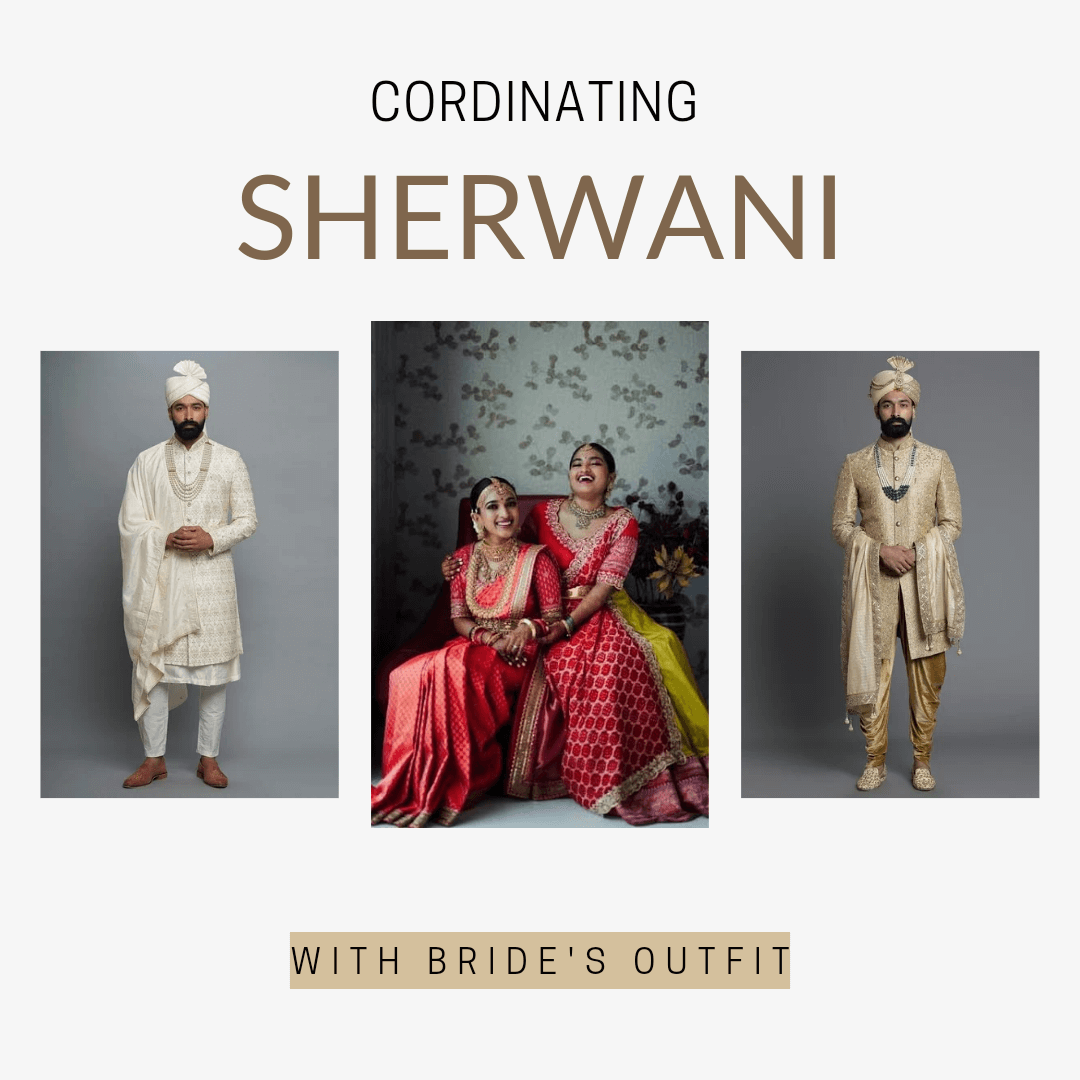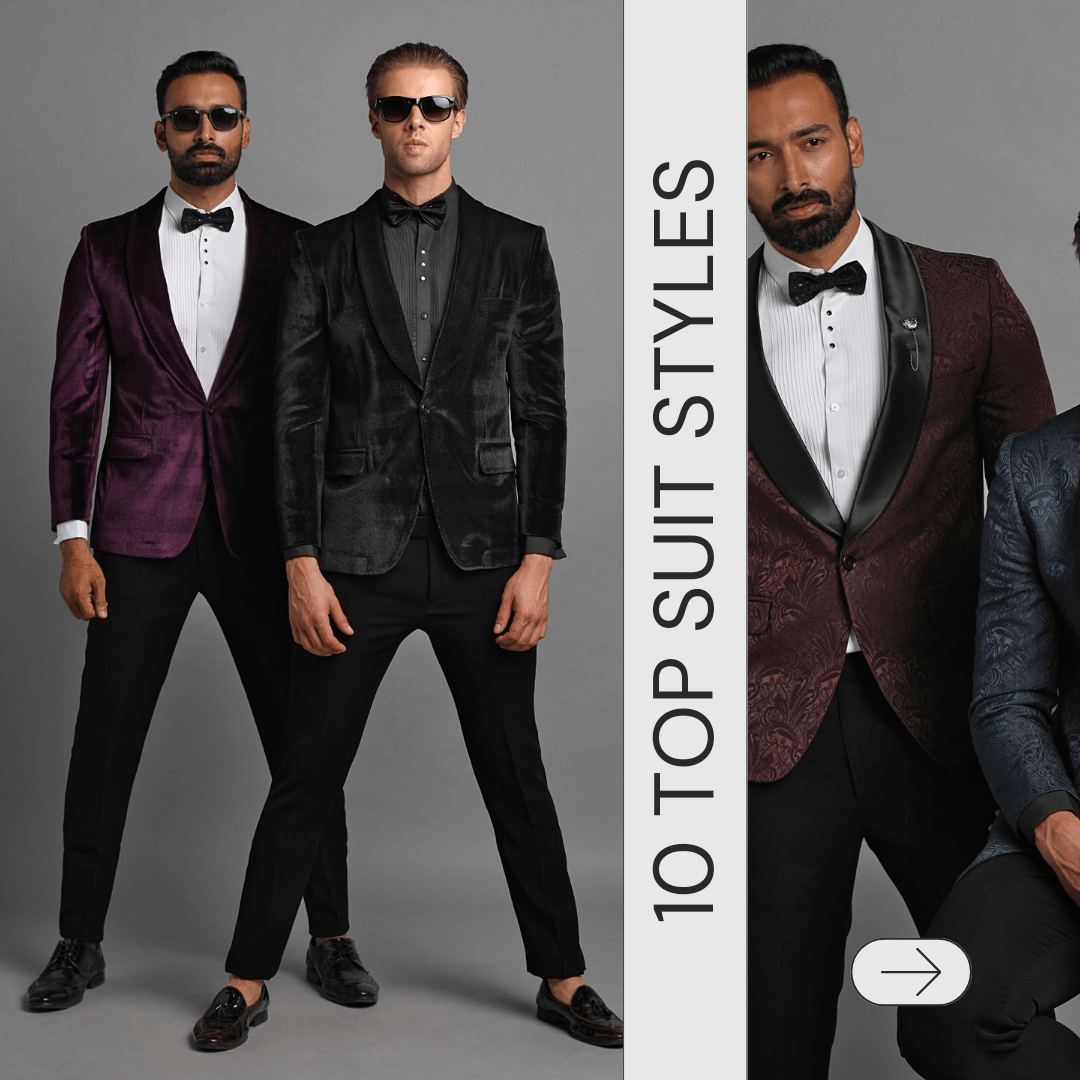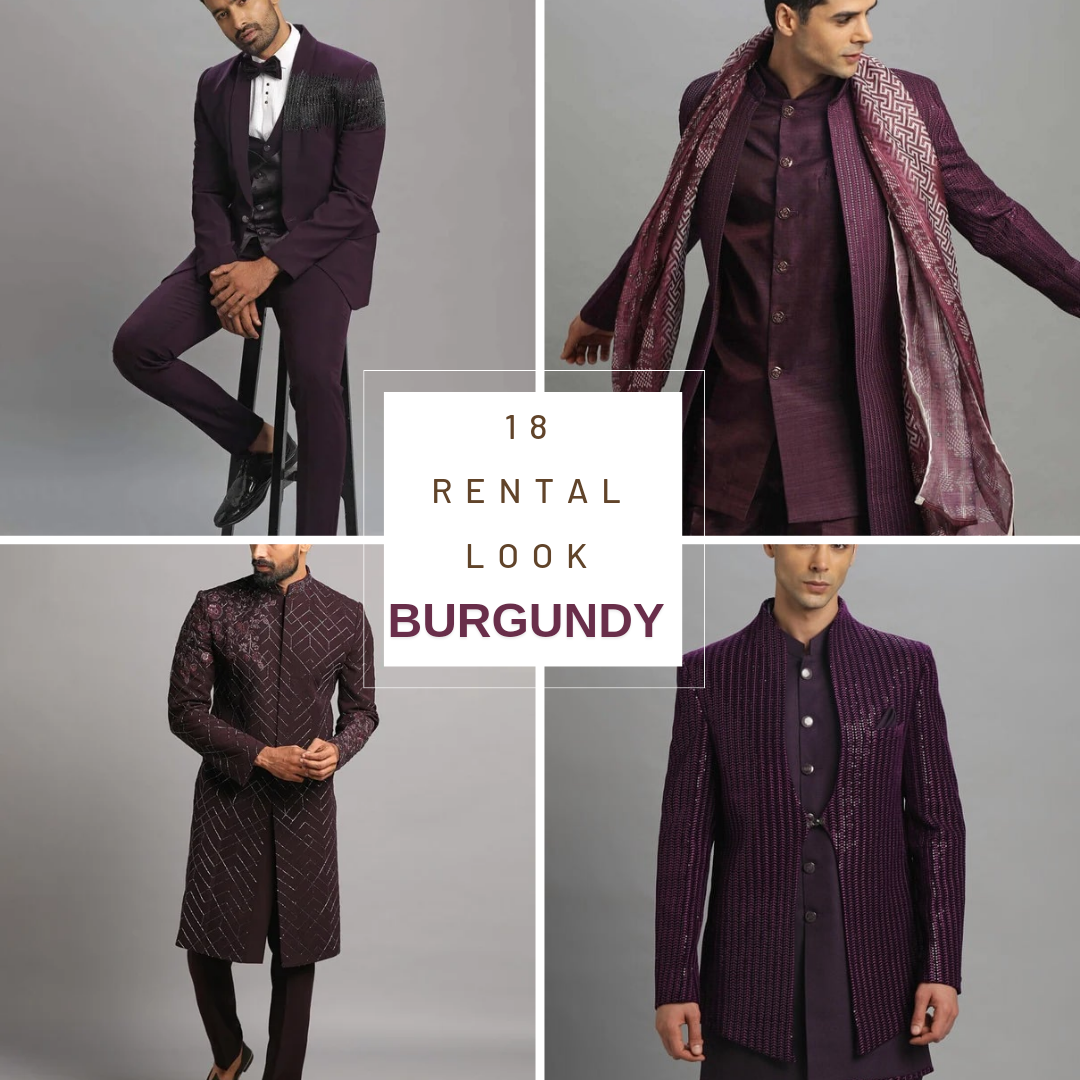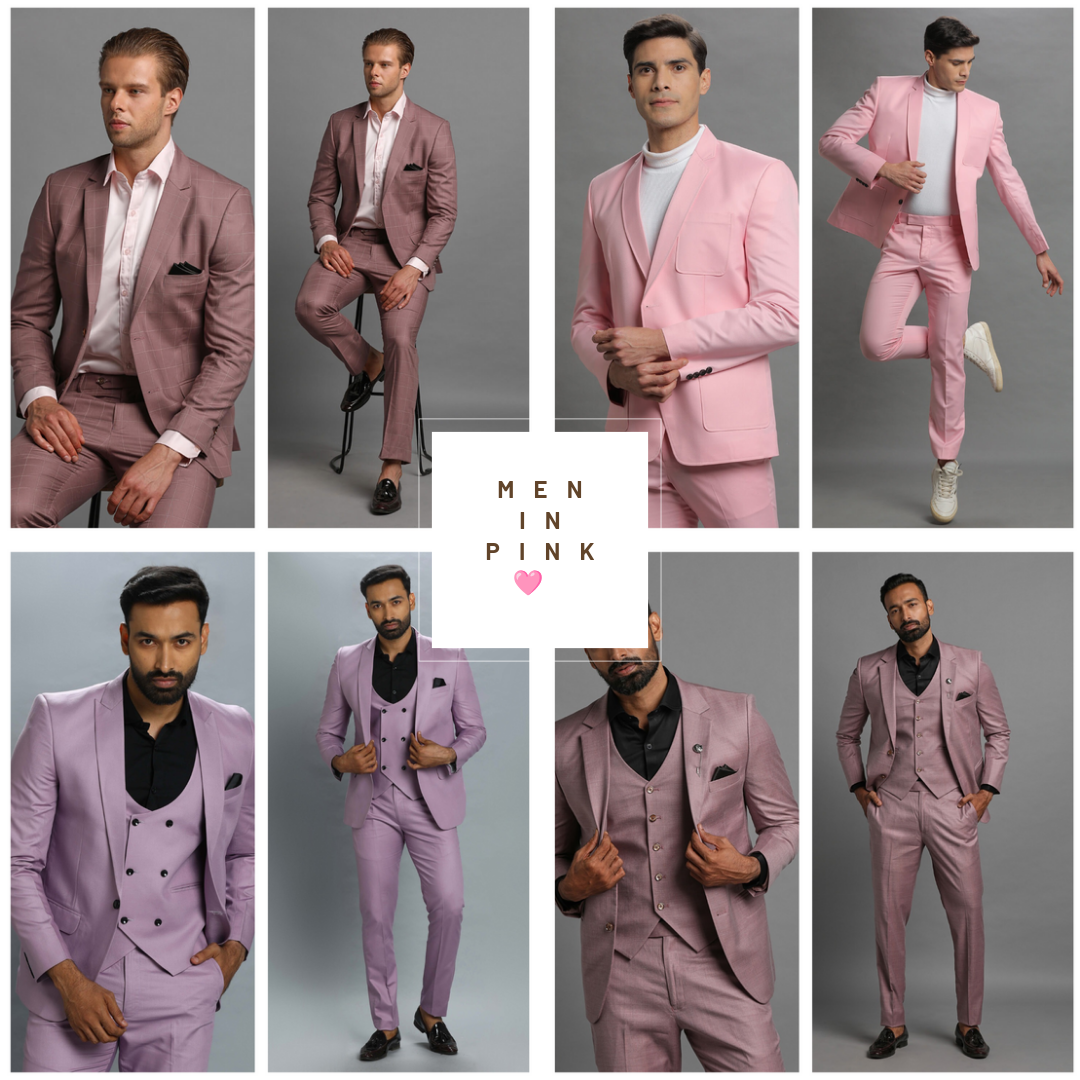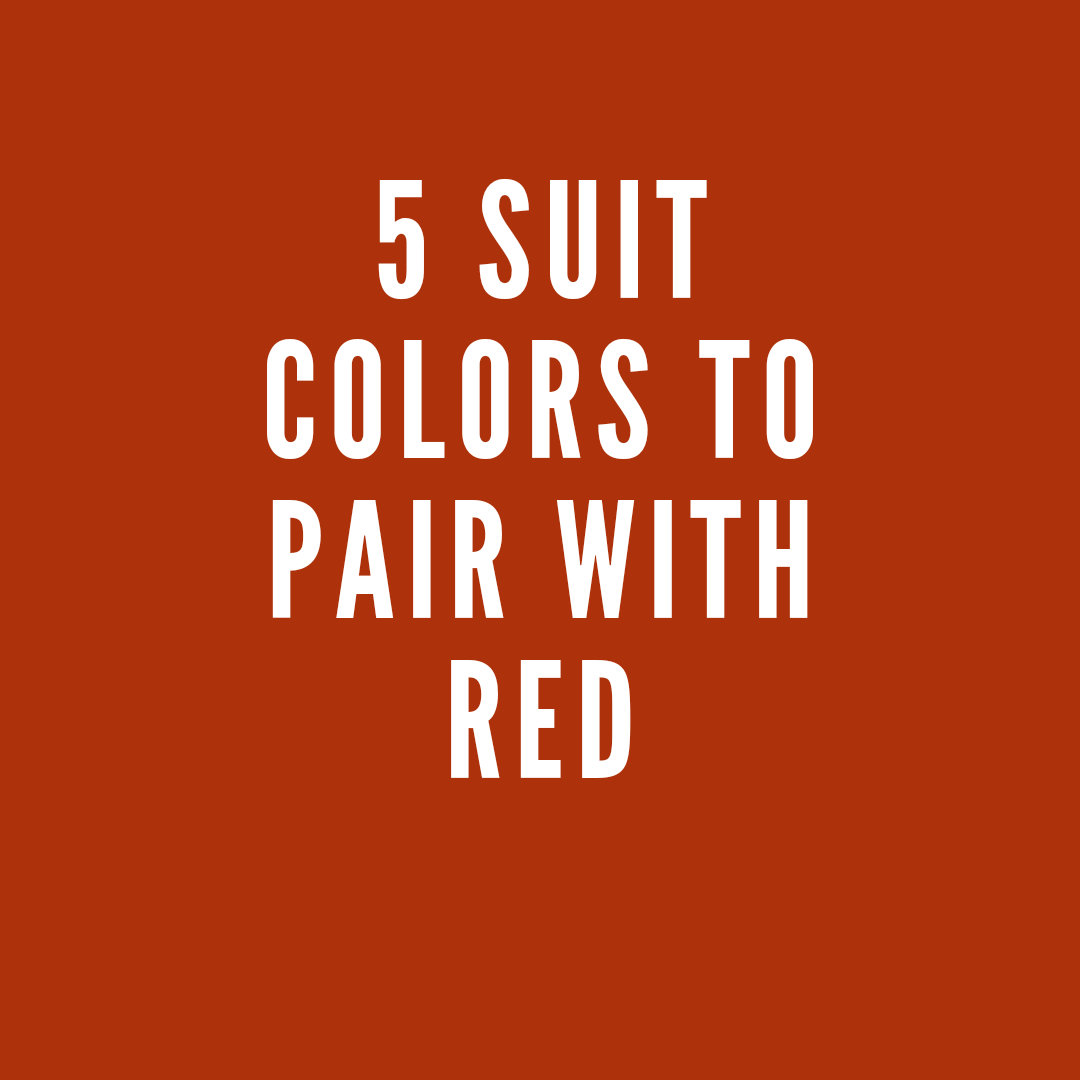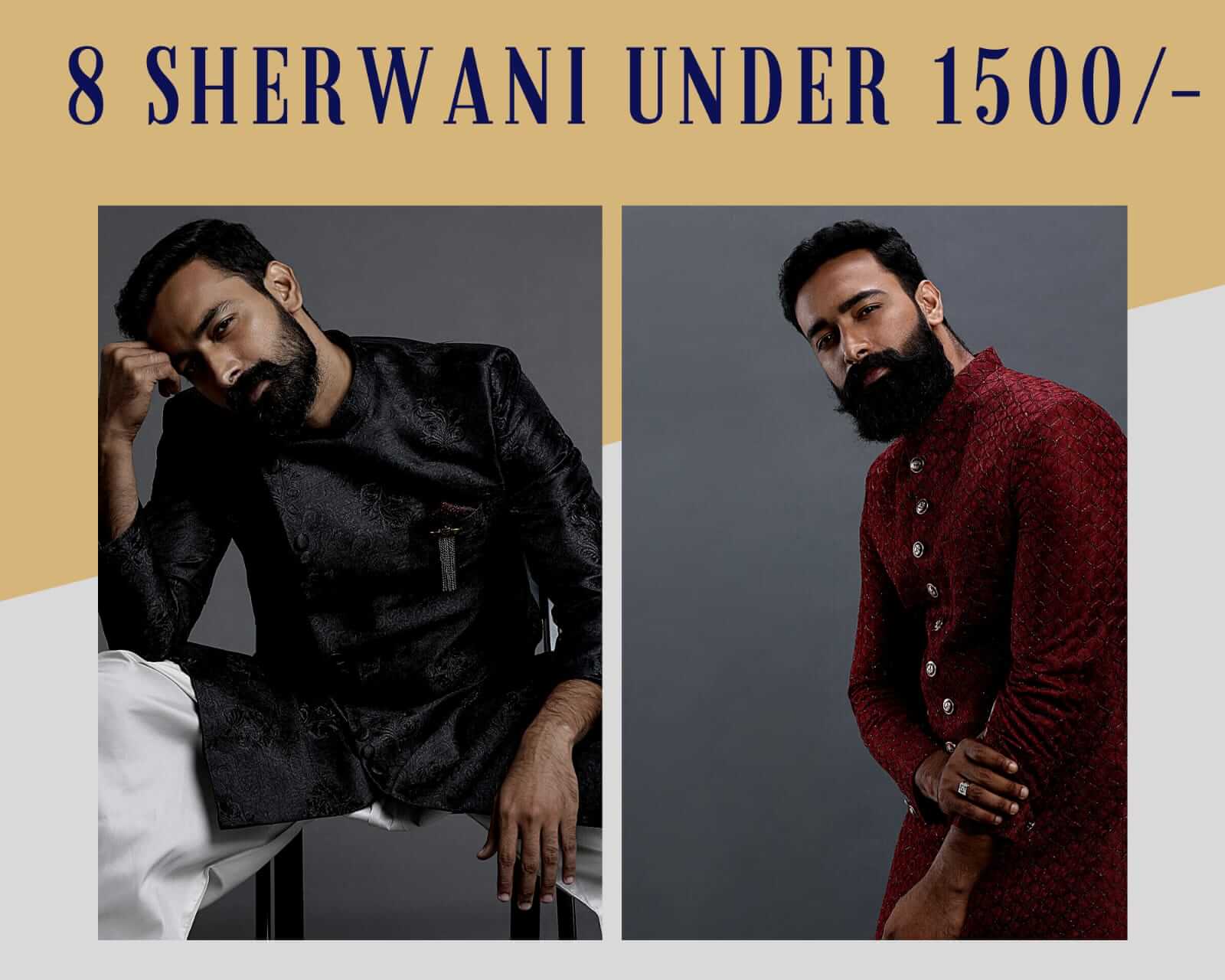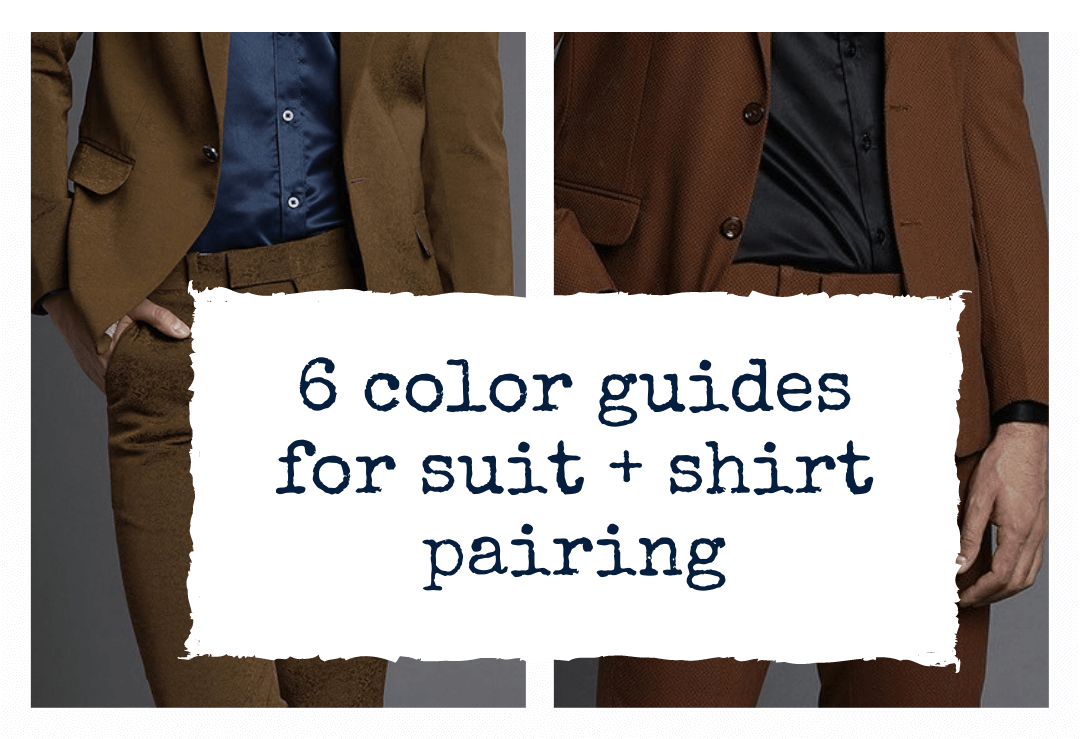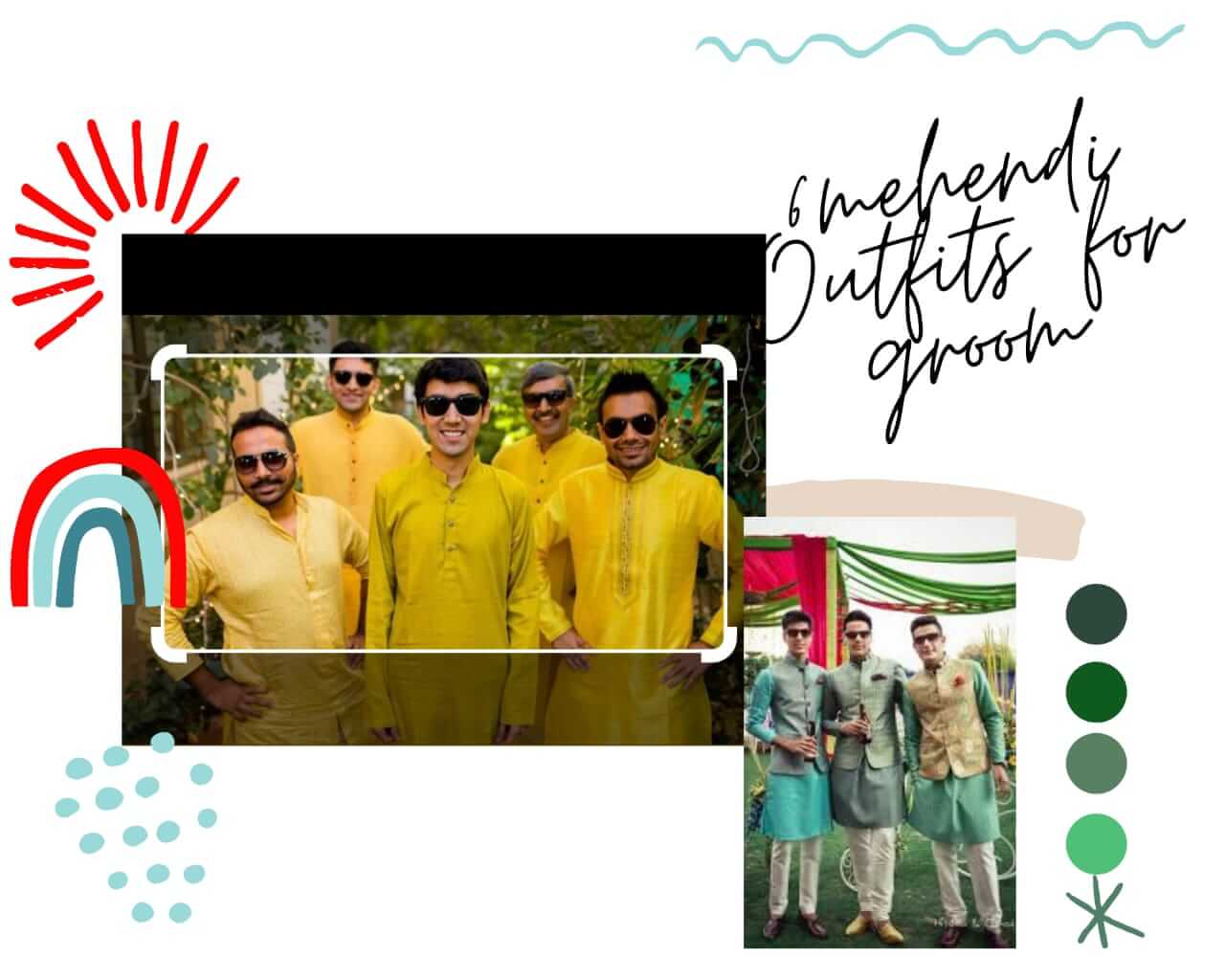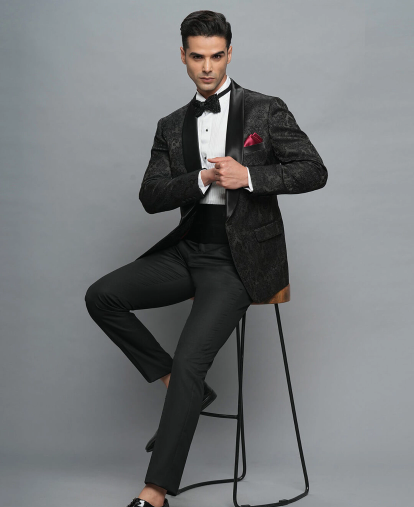 Back
Back

Mastering the Art of Layering: A Guide for Men's Transitional Fashion
Men's fashion suffers mostly in one area: the surroundings. Seasonal variations call for adaptation, comfort, and style. This is when combining becomes important since it presents a chance to demonstrate personal originality as well as useful advantages. Layering helps you be ready for any type of weather without sacrificing appearance by combining warmth, breathability, and style. Whether you travel from winter to spring or summer to fall, knowing the subtleties of layering will help you dress better and increase your self-esteem.
Essential Principles for Men's Fashion Layering
In men's fashion, layering is a clever and elegant way to improve comfort, adaptability, and originality. Mastery of this art calls for an awareness of the ideas guiding a polished and balanced appearance. Three fundamental components underpin layering: the base layer controls moisture and is closest to the skin. The outer layer guards from the weather; the mid-layer provides warmth and insulation. Every layer has a function; the one after it should be strengthened.
Choosing suitable fabrics increases utility as well as comfort. Breathable textiles like cotton and a blend of wool should form the base layers; fabric, wool, or synthetic fibres should form the mid-layers. Perfect is an outer layer resistant to the elements, something like a trench coat or waxed jacket. The goal is to be warm yet allow breathing freedom. Every layer should accentuate the form of the body. The top layer should be roomy enough to fit the inner layers without appearing large; the mid-layer should offer movement; a tight base layer helps to reduce bulkiness.
Different materials and a consistent colour palette help an ensemble acquire depth. While mid-layers might provide contrast, neutral base layers give variation. Combining several textures, such as a wool jumper over a clean shirt, accentuates visual appeal. Layering should be sensible rather than overdone. Disposable layers ensure temperature adaptability; materials with warmth and low weight help to prevent discomfort.
Using Textures and Fabrics Together for Efficient Layering
Learning how to layer means carefully combining several materials and textures to create an outfit that is both visually beautiful and functional, not only about piling clothing. The secret is ensuring every layer serves a purpose by balancing contrast, weight, and breathability. Start with light, airy materials close to the skin, such as cotton, merino wool, or moisture-wicking synthetics, to retain structure and avoid weight.
Cashmere sweaters, wool pullovers, or quilted vests mid-layers should provide insulation without adding undue weight. Perfect outerwear is sturdy but breathable, either wool coats, denim jackets, or waterproof shells. Combining multiple textures gives an ensemble depth and character. One creates an interesting contrast, for example, while wearing a bulky knit sweater with a silky cotton shirt. In the same line, covering a soft flannel shirt with a leather or waxed cotton jacket offers a harsh yet pleasant touch. Interaction between rough and smooth textures enhances the layering effect.
Combining textures and keeping complementing colours gives a complete look. Although neutral foundation layers provide flexibility, mid- and outer layers can bring colour variety. Natural tones match heavier fabrics like wool and corduroy, while smooth materials like silk or fine knits combine nicely with darker, more sophisticated colours. Too many conflicting elements can make an ensemble seem jumbled. Keep dramatic textures like fleece, tweed, or dense knits in one or two layers and balance them with simpler, softer fabrics.
How Colors and Patterns Shape Layered Combinations
Colours and patterns are fundamental if one wants layered designs that are both harmonic and aesthetically appealing. Although well-selected patterns offer depth and uniqueness without overwhelming the design, a well-balanced colour choice guarantees harmony. Neutral colours, including black, white, grey, navy, and earth tones, offer a versatile foundation for layering. One can add colours or patterns to a neutral base layer without conflict by means of their complementing nature. For example, a white or grey turtleneck looks great with many mid- and outer layers.
When colour transitions flow naturally, layering works best. Using a monochromatic approach, that is, different tones of the same colour, helps one to create a neat, simple look. Using complimentary colours instead guarantees coherence and brings variation. Rather than rivalry, patterns should complement each other. After beginning with a solid base layer, introduce subtle patterns such as checks, stripes, or herringbone in the mid-layer. The outer layer should be solid or have a straightforward design if everything is to be balanced. While opposing light and dark colours provide depth, combining rough fabrics with delicate motifs generates visual intrigue. Balance is really essential to avoid a too messy look.
Variable Layers in Transitional Seasons to Allow for Changing Weather
Temperature swings in transitional seasons like spring and fall demand a flexible layering plan. The idea is to create adaptable clothes that let warmth in colder seasons and airiness in warmer ones. Choose breathable materials for base layers, including cotton, merino wool, or moisture-wicking synthetics. Regulating body temperature and stopping sweating help preserve comfort throughout the day. Mid-layers should supply warmth devoid of bulk. A lightweight sweater, a cotton shirt, or a lined vest will keep heat when needed and be easy to remove when the temperature rises.
Choosing overshirts, jackets, or zip-ups allows quick changes. For irregular wind or rain, pick a lightweight puffer, a waxed cotton jacket, or a water-resistant trench coat. On cooler days, a denim or bomber jacket offers fashion without making one overly overheated. Simple additions or removal of gloves, beanies, and scarves will help to suit changing conditions. Transitional layering looks great with breathable shoes like ankle boots or leather trainers.
Major Issues to Keep Away from When Layering Clothes
While layering is a great way to provide an outfit flexibility and elegance, many mistakes can compromise both beauty and utility. By avoiding these errors, one guarantees a professional and balanced look. Wearing thick, bulky clothing might feel restricting and unattractive. Choose lightweight, insulating fleece or merino wool to keep warm without adding more weight.
Every layer should accentuate the form of the body. Typical mistakes that can be awkward and messy are wearing baggy mid-layers beneath a form-fitting top layer. The mid-layer is a little looser; the base layer fits tightly; the outside layer is roomy enough to fit the layers under. Using too many conflicting vivid colours or patterns might cause a visual disturbance. Starting with neutrals and adding one arresting pattern or hue for contrast, keep a consistent colour palette.
Layering non-breathable garments can cause overheating. Choosing breathable, moisture-wicking textiles such as cotton or wool ensures comfort all day long. If you skip wearing a weather-appropriate outer layer, such as a waterproof coat or windbreaker, you run the danger of not being ready for sudden temperature fluctuations.
Accessories enhance the whole appearance of a layered garment by adding both style and utility, thus improving its value. Scarves are a great transitional item since they provide warmth and also bring texture and colour. Hats with seasonal adaptability and personality, like beanies or fedoras. In colder months, gloves, especially leather or wool, boost refinement. Belts outline the shape and help to avoid a heavy look. Jewels and watches provide subdued enhancements that balance the suit without overwhelming it. Year-round, sunglasses remain a chic and useful addition. Well-chosen accessories accentuate layered looks by providing depth, contrast, and uniqueness.
A well-rounded wardrobe depends on flexible layering pieces suitable for several seasons. Lightweight base layers—such as henleys and cotton or merino wool t-shirts offer comfort and breathability. Versatile middle layers are Oxford and flannel button-down shirts. Sweaters and cardigans in neutral colours give warmth without adding weight. Vests and lightweight coats—such as denim or quilted jackets add depth and structure. Outer layers like a bomber jacket, trench coat, or fitted blazer give protection and flair. Buying these basics ensures simple layering, offers adaptability in a variety of weather conditions, and maintains a polished look.
If you want to remain flexible and comfortable while layering, choose lightweight, breathable materials, including cotton, merino wool, or moisture-wicking synthetics that offer warmth without adding bulk. Every layer should be somewhat looser than the one below it to enable free motion.
Flexible mid-layers that offer warmth without being stiff include cardigans and zip-up sweaters. Stretch materials used in outer layers, including softshell coats or unstructured blazers, help to increase mobility. Moreover, removable layers help to adapt to temperature. Giving breathable, well-fitting, and flexible goods a priority ensures comfort and mobility while yet maintaining a stylish, layered look.
Layering in formal and informal wear differs depending on the fabric, construction, and style. Examples of casual layering that lets you easily texturally combine T-shirts beneath flannels, hoodies under denim jackets, or sweaters with bomber jackets. Embracing a range of colours and designs, it creates a laid-back atmosphere. But formal layering calls for sophisticated materials like cashmere and wool as well as structured outerwear like trench coats and blazers. One classic is a dress shirt piled with a vest,suits & tuxedos, jacket, and topcoat. While formal layering stresses sleek, precise fits, guaranteeing elegance, informal layering stresses comfort and style versatility.
For casual events, wear jeans and sneakers with a denim jacket, flannel shirt, and cotton t-shirt. A business-casual outfit can call for a button-down shirt, a light sweater, an unstructured jacket, chinos, and loafers. For formal events, layer a dress shirt, vest, fitting jacket, and wool overcoat.
Conclusion
Perfecting layering in a transitional fashion requires finding a balance between flare and utility. Playing with colours and textures, paying attention to dimensions, and choosing suitable fabrics will help you create easily trendy and warm outfits. The secret is to change and refine your layering approach according to the event, the time of year, and your individual preferences.
